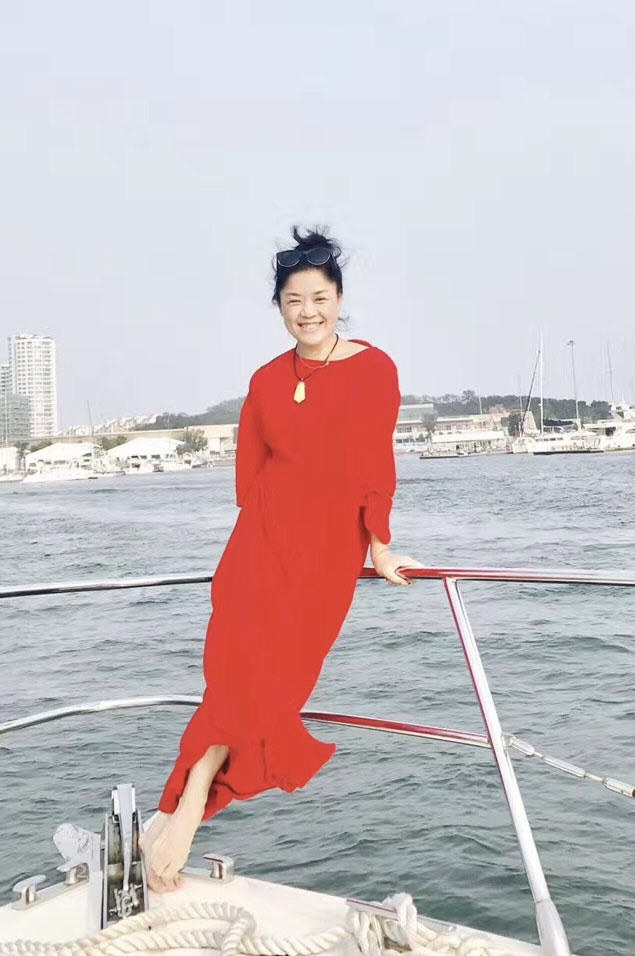The Life of Cui Xiuwen
Cui Xiuwen (1967-2018) was born in Harbin, the capital city of Heilongjiang province in northeastern China, also known as the “Ice City.” She held an MFA from the Oil Painting Department of the Central Academy of Fine Arts (1996) and a BA from Northeast Normal University (1990). She was a groundbreaking artist known for her thought-provoking exploration of gender, privacy, and the human psyche.
Cui developed a keen sensitivity to color and independent consciousness from a young age. Her artistic journey began in junior high school, where she discovered painting. It was around this time that she changed the characters of her name. Previously, “xui” meant “beautiful” and “wen” meant “culture”. Cui found this ordinary and boring and decided to change them. Still pronounced the same, “xui” now meant “mountain caves” and “wen” meant “news”. Together, the new characters read “the news that comes from mountain caves” – a mysterious, cryptic phrase that she felt more aligned with her personality.
In high schol, Cui Xiuwen’s first replicated work was Van Gogh’s The Langlois Bridge at Arles, sparking a lifelong dedication to art. In 1990, she graduated from the Arts and Crafts Department of Northeast Normal University and briefly taught at Langfang No. 6 Middle School. Despite her role as a teacher, Cui felt unfulfilled and chose to dedicate her free time to painting.
In pursuit of her artistic ambitions, Cui enrolled in the prestigious Central Academy of Fine Arts in Beijing, where she completed her MFA in Oil Painting in 1996. After graduation, she juggled multiple jobs to support herself, including substitute teaching, magazine editing, and even a role in the 1998 TV series “The Age of Mothers”. Her artistic aspirations took center stage in 1998 when she co-founded “Siren Studio” with Feng Jiali, Li Hong, and Yuan Yaomin during the Century Women’s Art Exhibition. Together, they produced the Chuan series, a collection of daring oil paintings that challenged conventional Chinese views on gender by portraying role reversals between men and women.
Cui gained widespread recognition in 2002 with her controversial video work Ladies’ Room, which captured women in private moments without their consent. The work ignited intense discussions on sex and privacy in Chinese society, becoming a landmark piece in contemporary art. The controversy surrounding Ladies’ Room led to the first lawsuit in Chinese art history when a Guangzhou Academy of Fine Arts teacher sued Cui for emotional distress after seeing the work. Although the teacher ultimately lost the case, the incident raised ethical questions about the boundaries of artistic practice. However, this artwork was acquired by the Centre Pompidou in Paris, making Cui the first Chinese artist to have their work collected by the Pompidou Museum. This work propelled her into the spotlight, gaining attention from both Chinese and Western art circles. In 2003, she was named “Most Beautiful Person of the Year” by ELLE Magazine’s Global Chinese Star Election.
As her reputation grew, Cui Xiuwen began collaborating with high-profile international brands, including Lancôme, Dior, Fendi, and Cartier, starting in 2005. She published her personal book, Private Space, in 2006, offering insight into her artistic practice and reflections on society, human nature, and culture. In 2010, her solo exhibition The Emptiness of Existence in Taipei further cemented her position in the art world. Since then, she had been actively involved in charity work, with a special focus on breast cancer, educationally-backward areas in China, natural disasters, and more. She also donated her work to charitable events and foundations.
Cui’s health declined in 2017 when she was diagnosed with a serious illness, leading to her untimely death on August 1, 2018, at the age of 51. Her legacy endures, as her works continue to be highly sought after, frequently appearing at international auctions such as Sotheby’s, and are cherished by collectors worldwide.
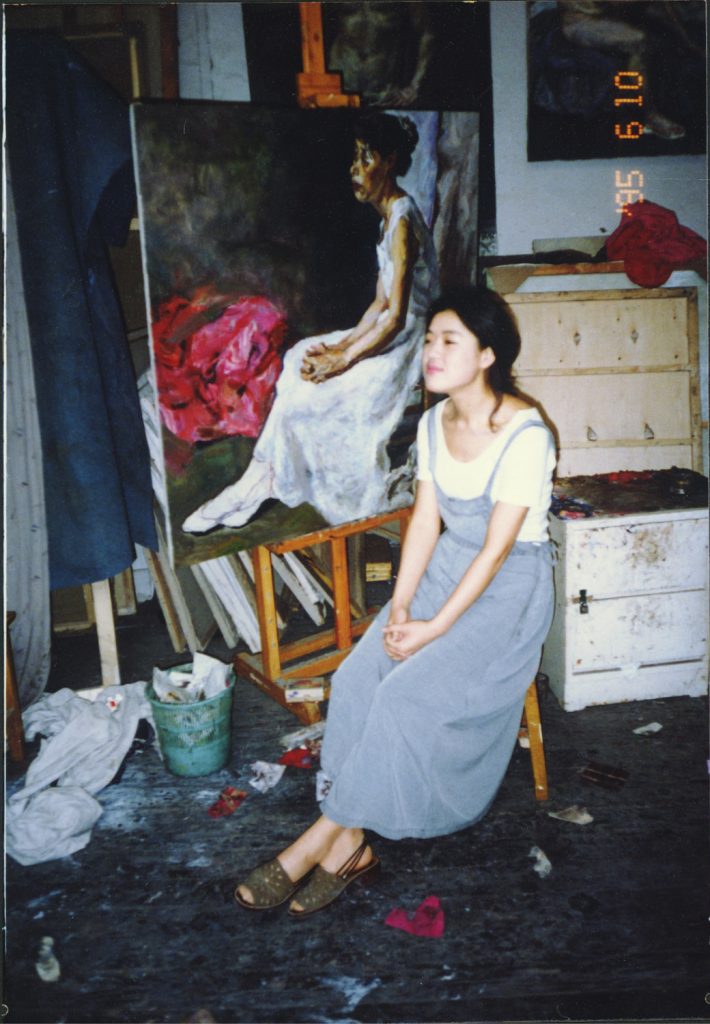
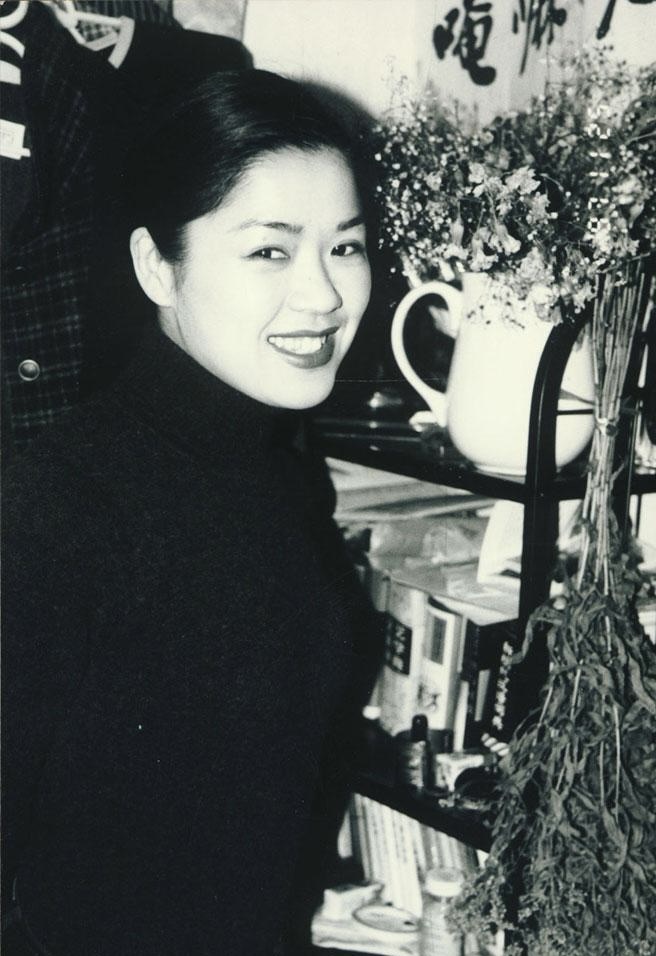
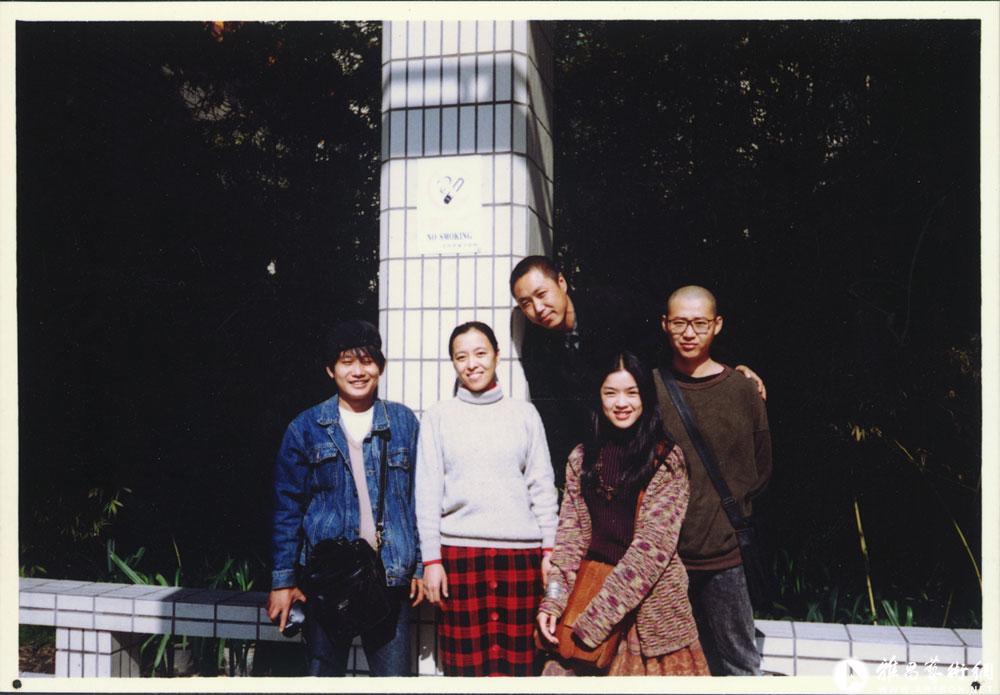
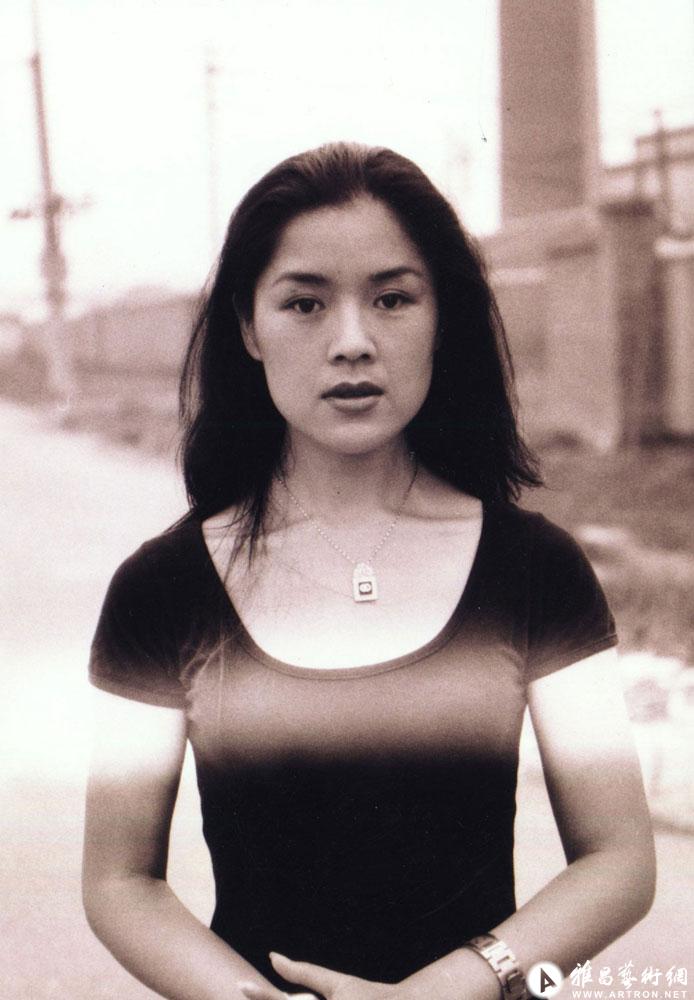
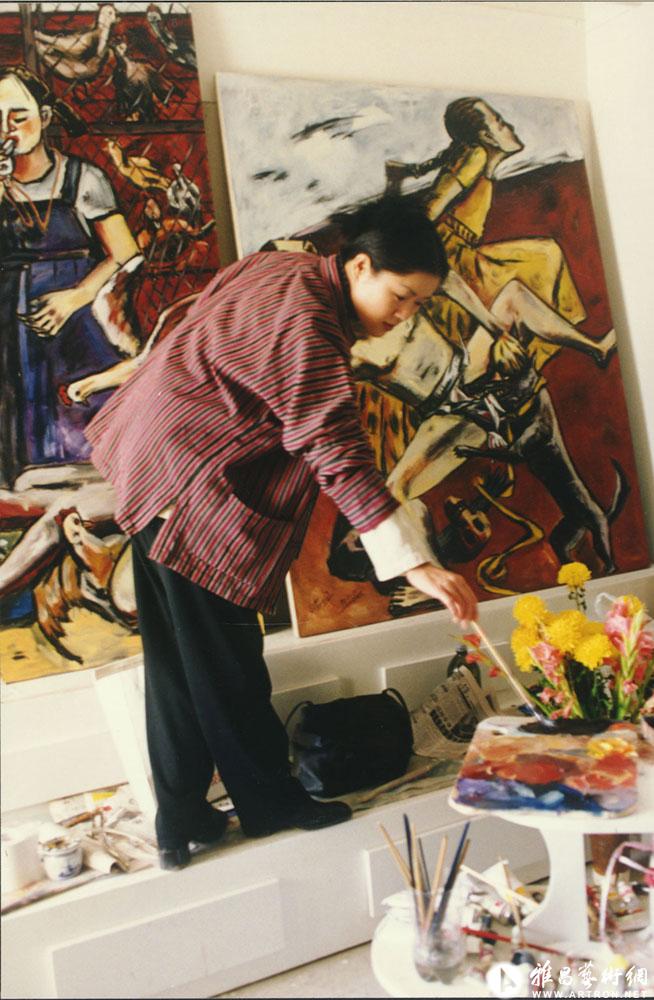
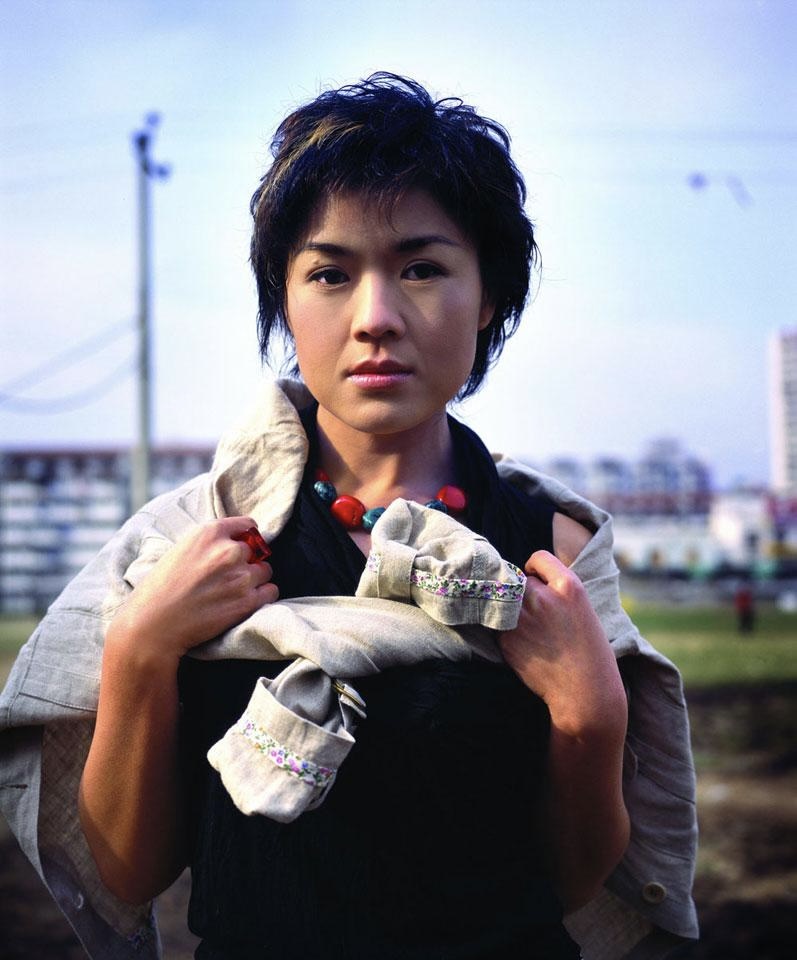
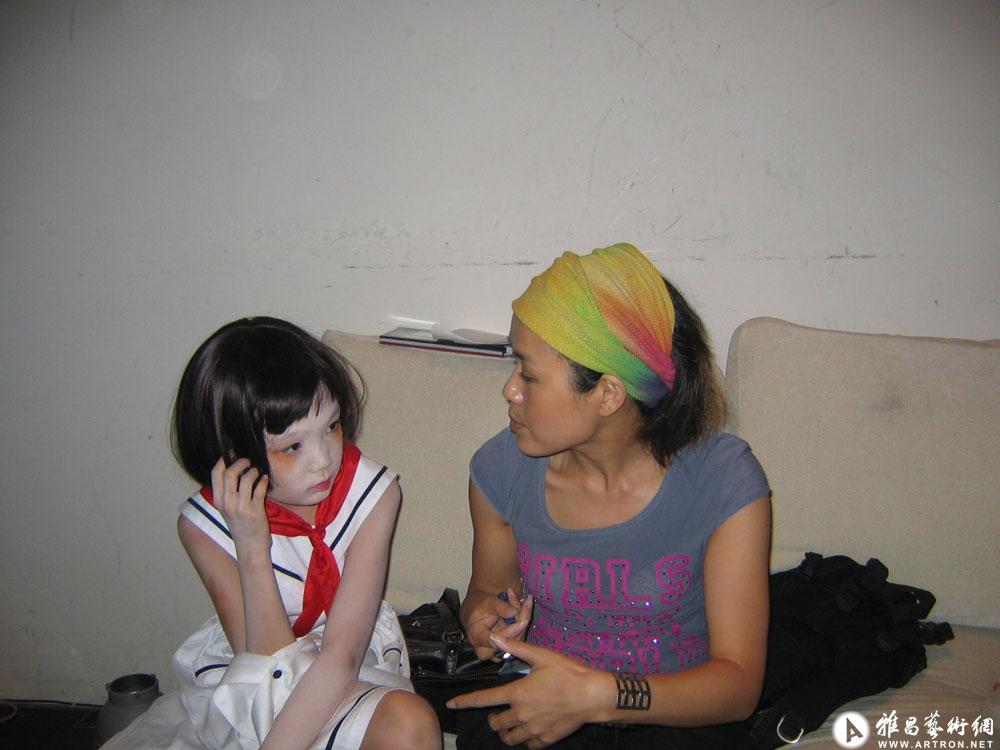
“One day in 2004”
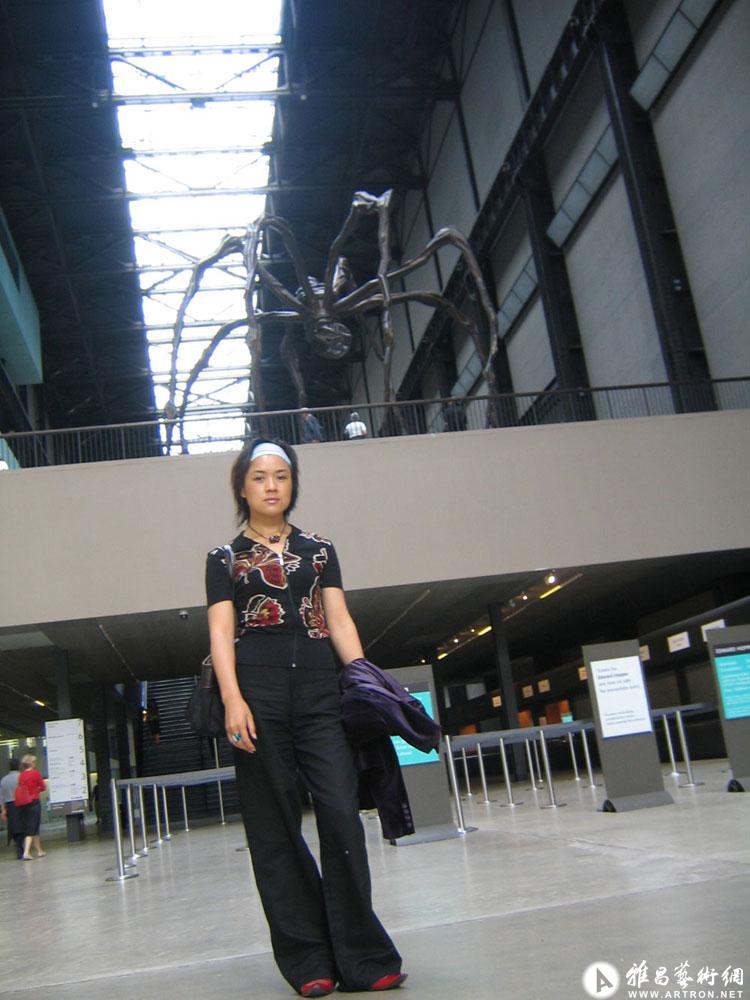
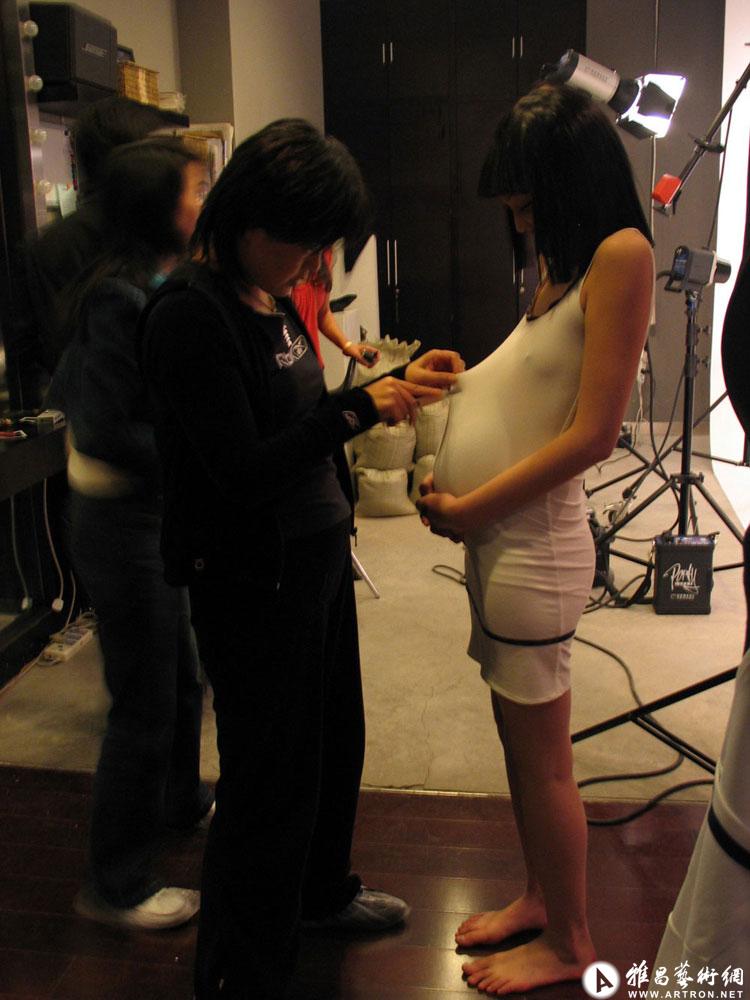
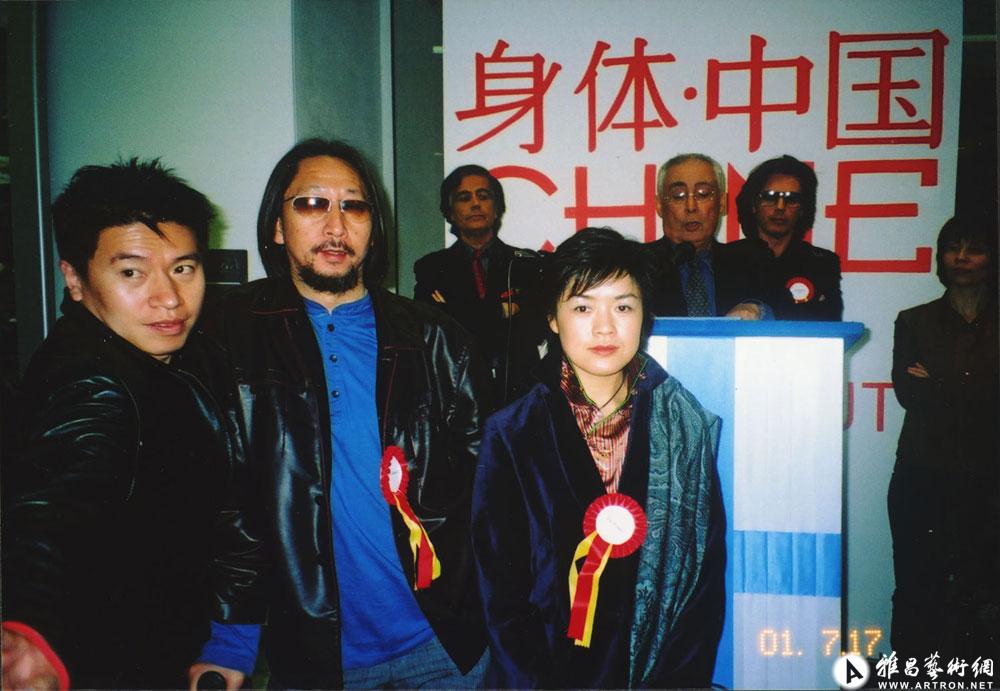
Marseille, France
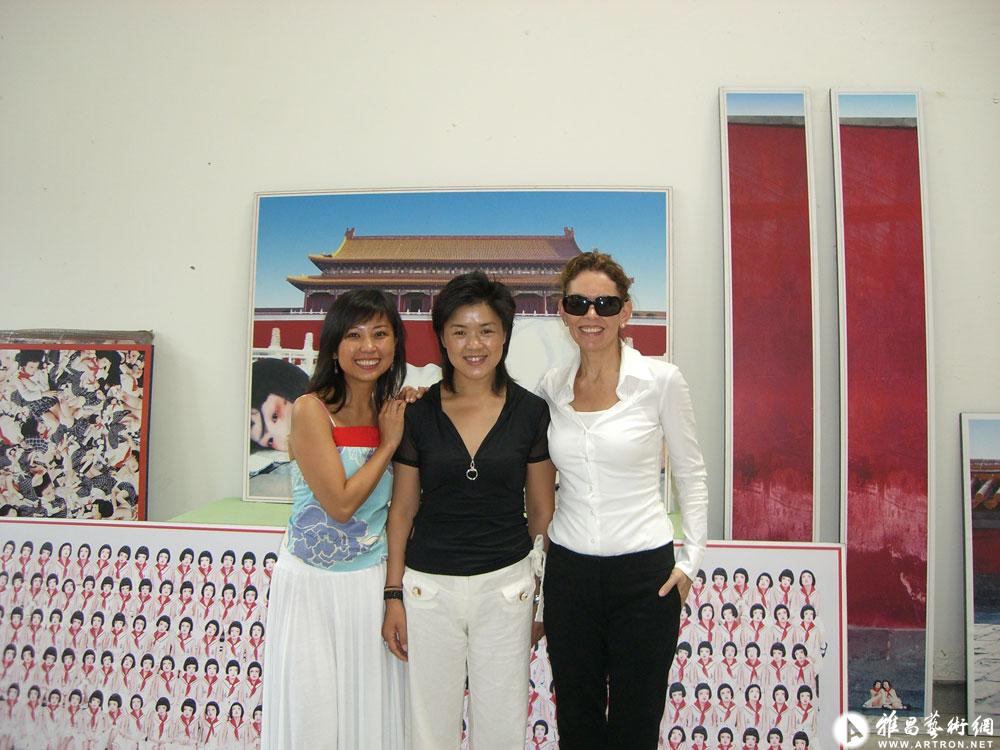
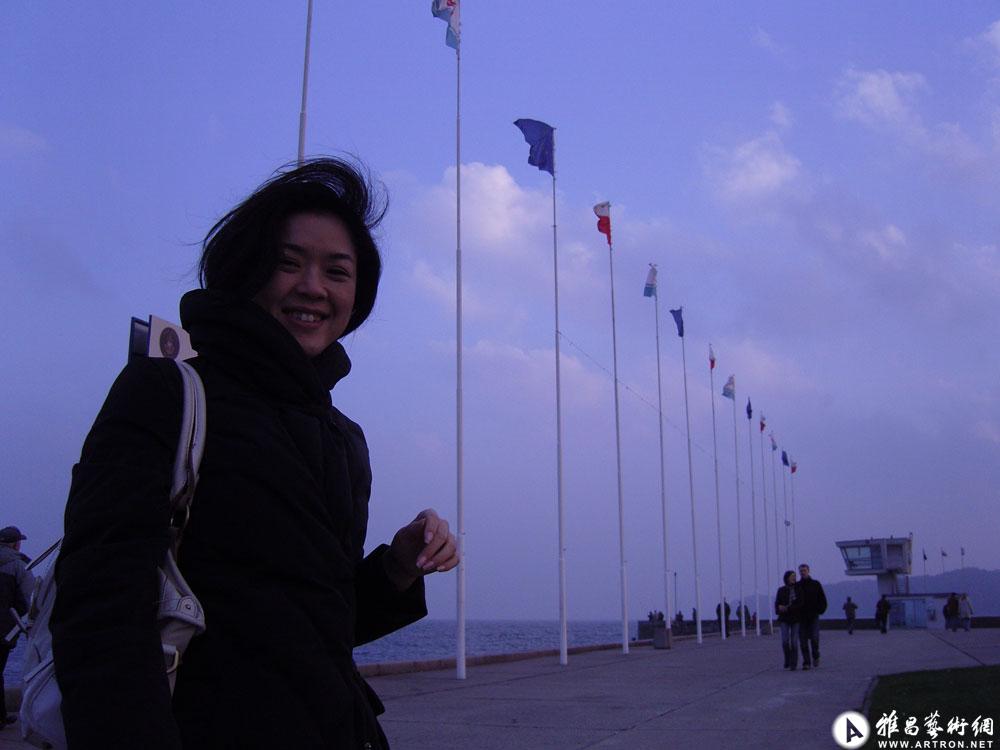
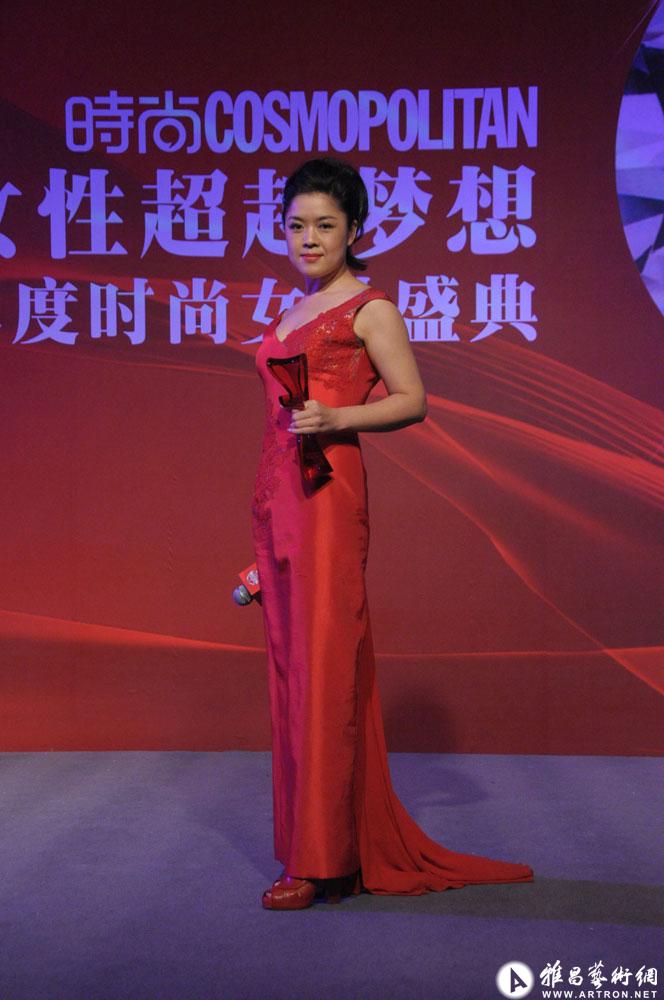
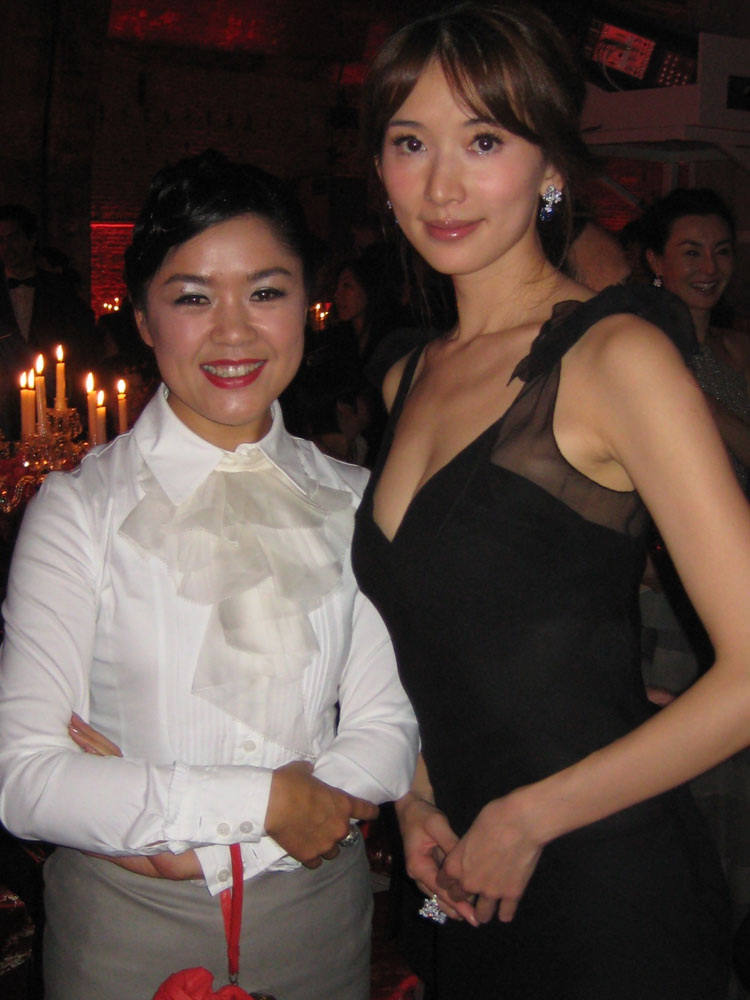
Dior Fashion event with Lin Chi-ling
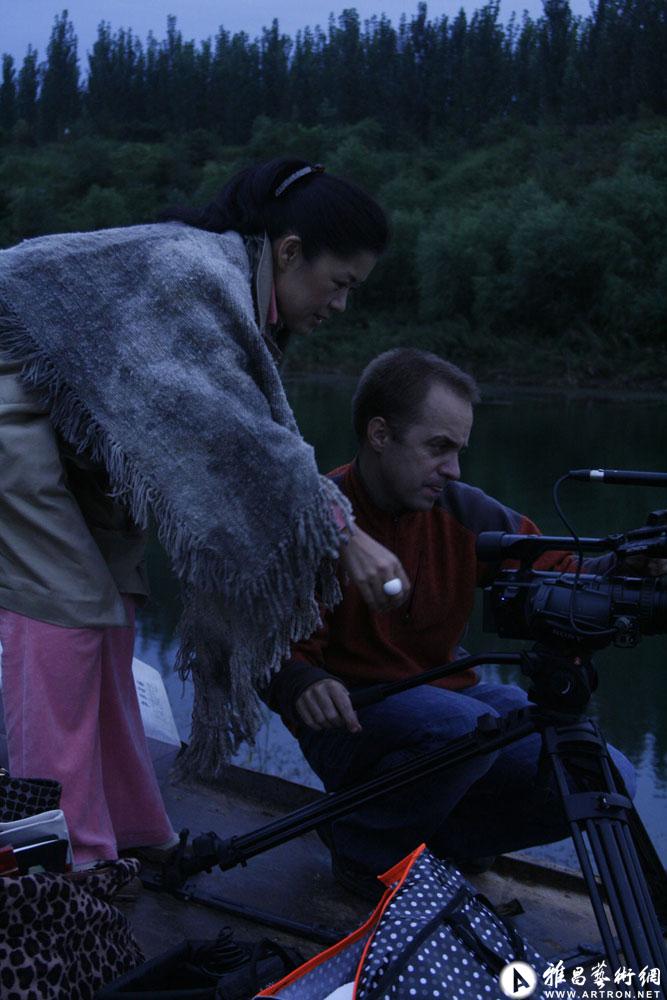
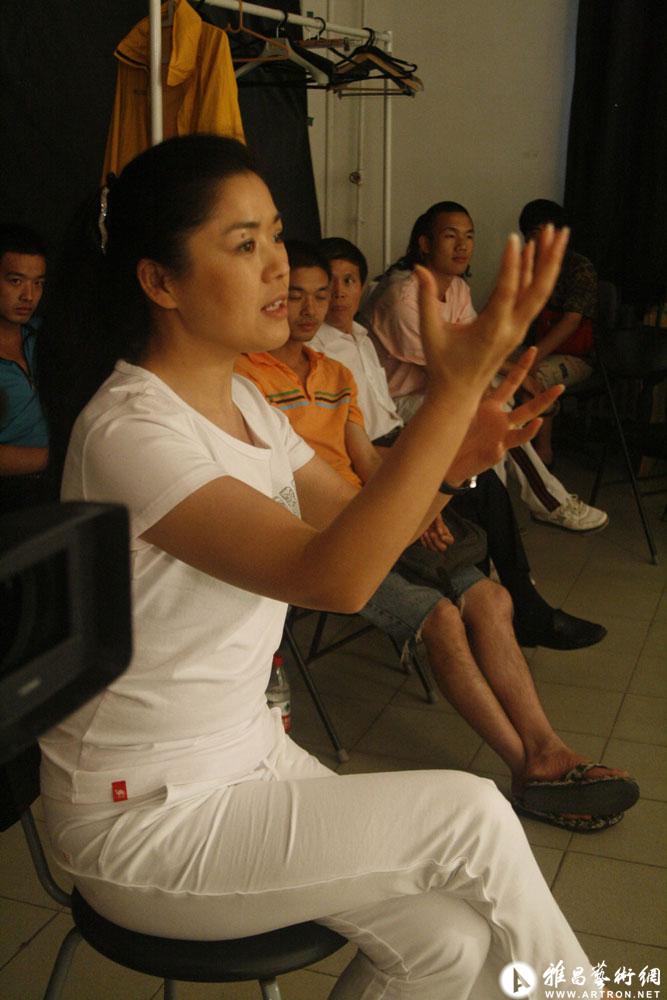
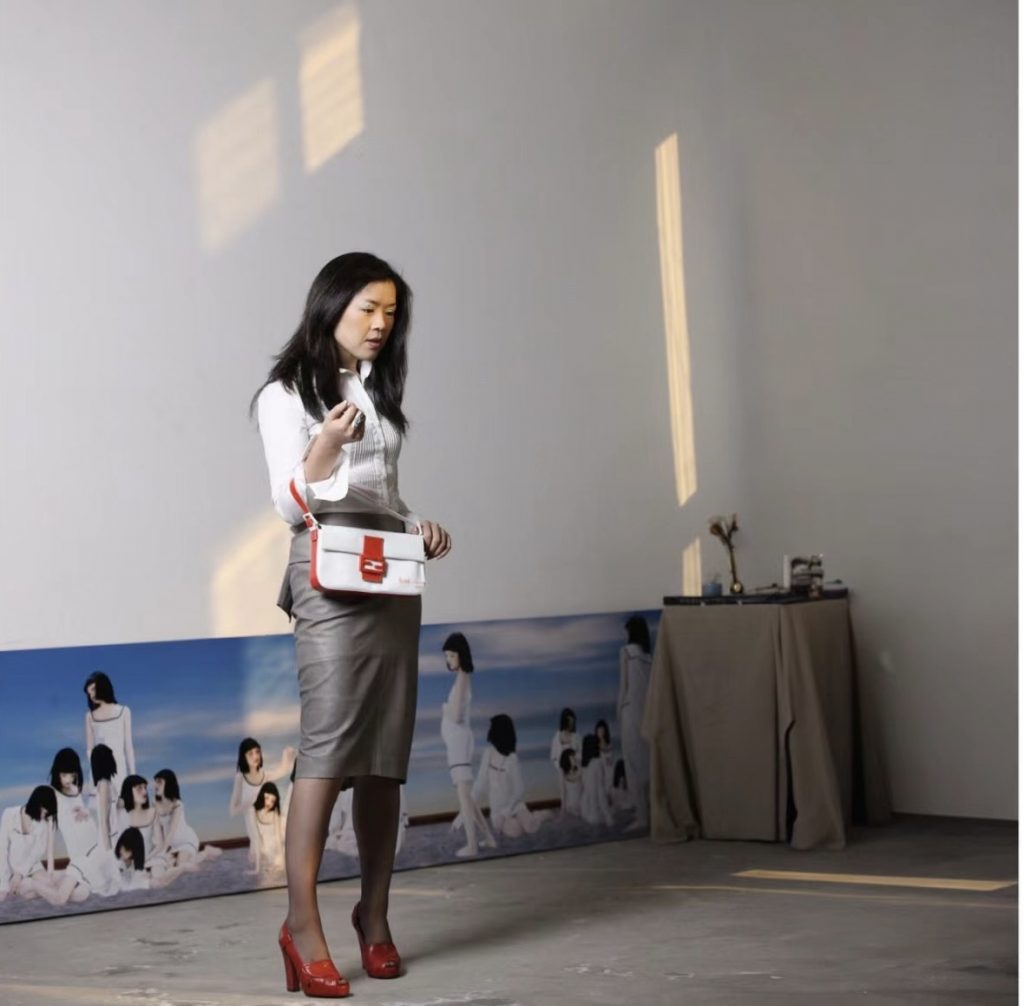
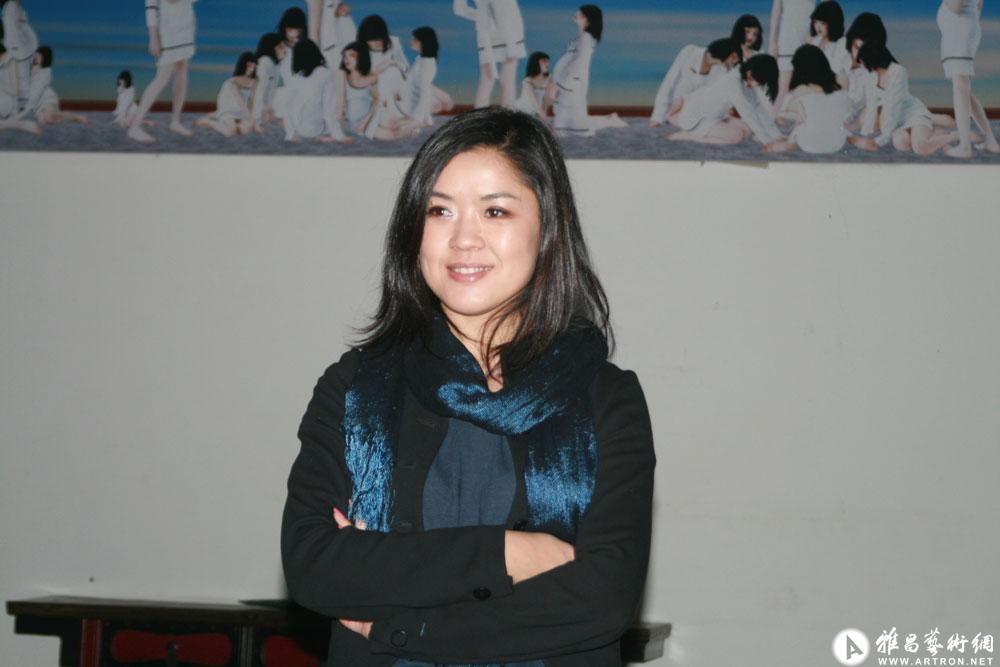
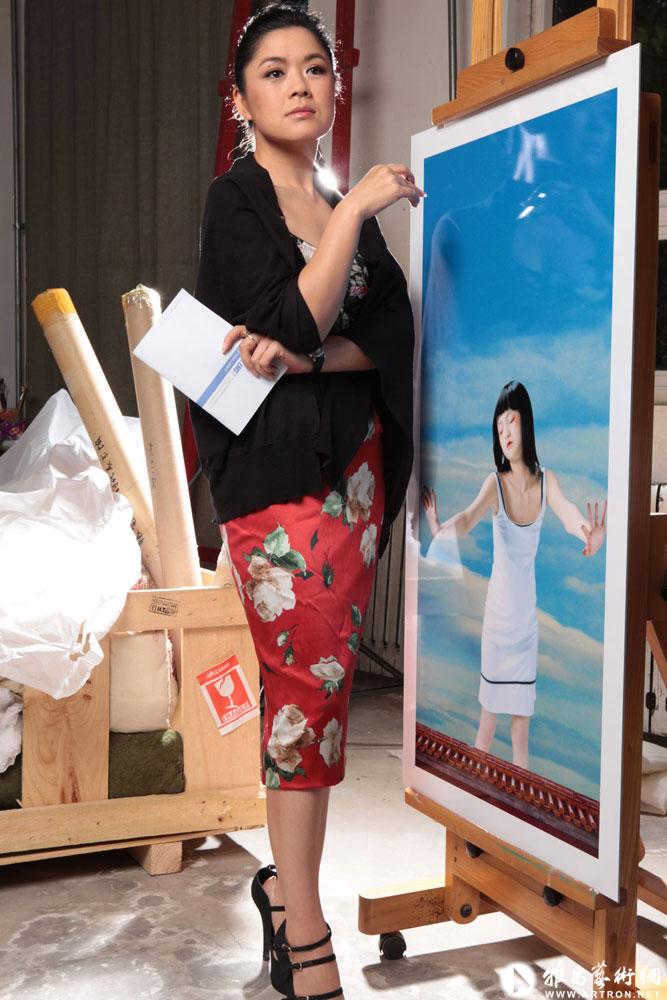
Harper’s BAZAAR
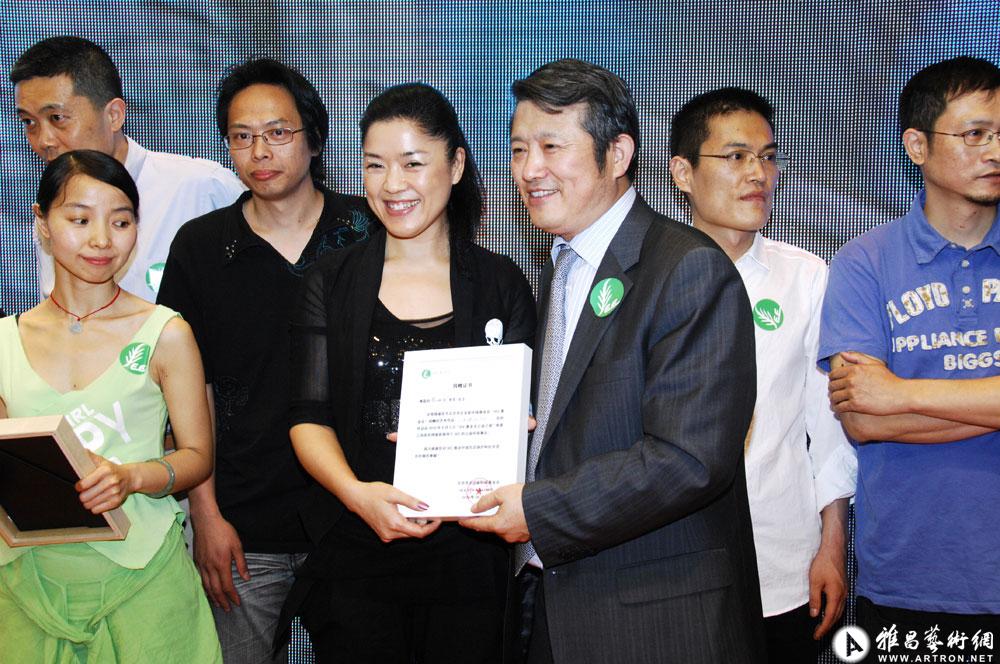
Alxa Charity Auction
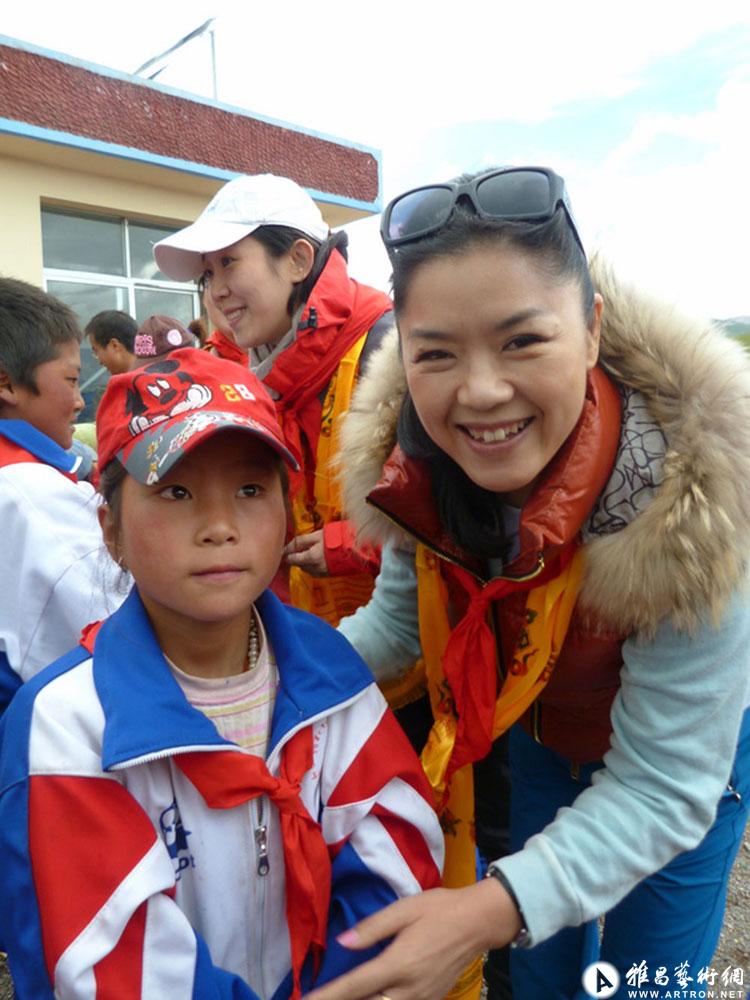
Charity activities in Yushu, Qinghai, China
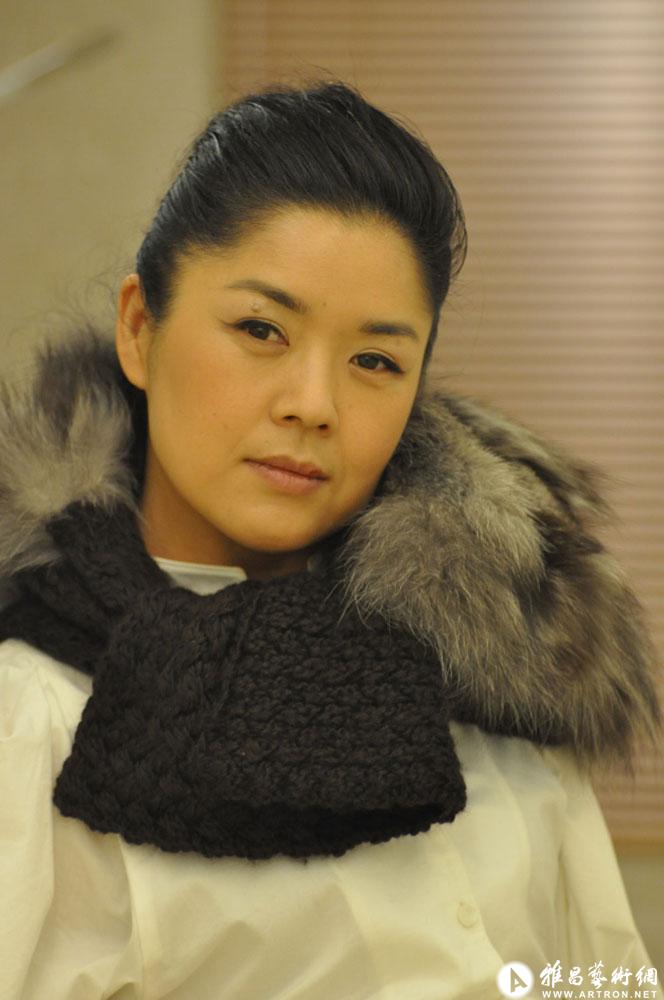
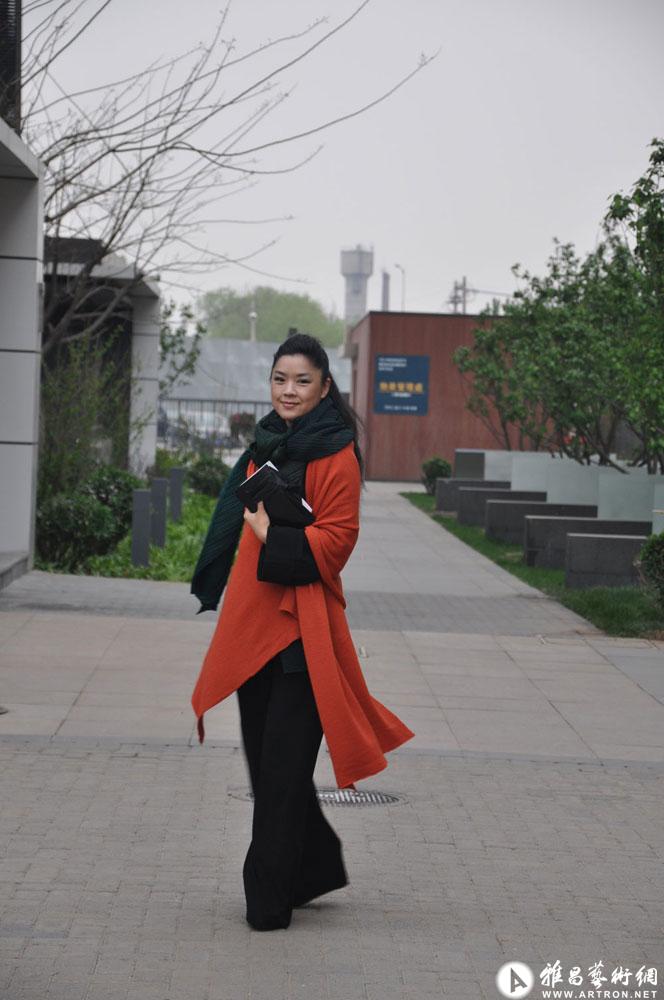
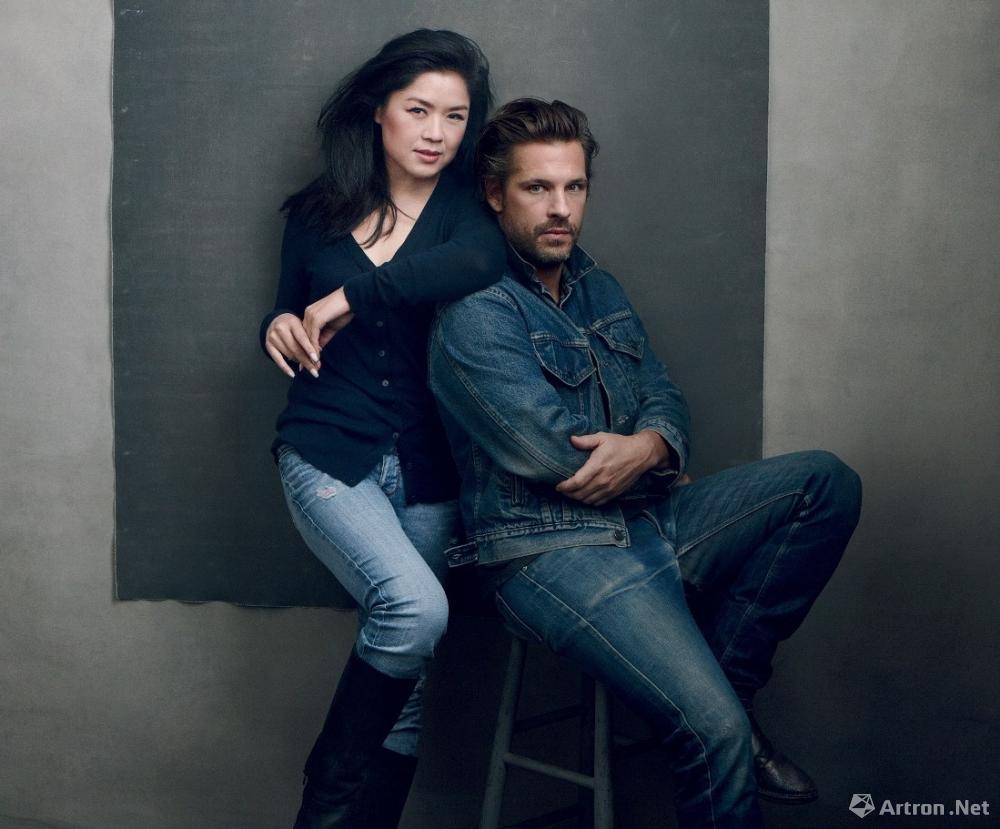
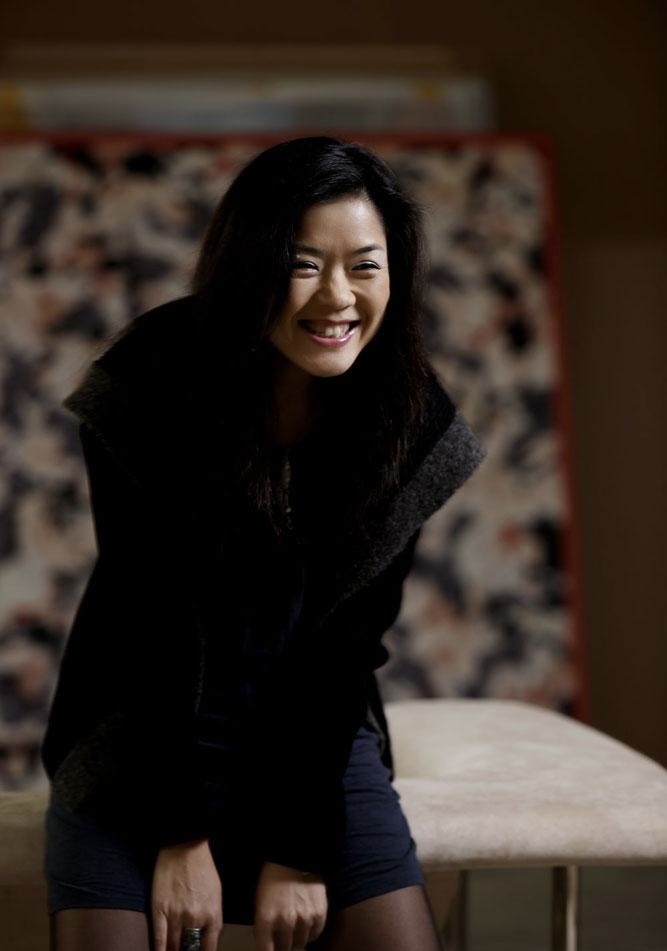
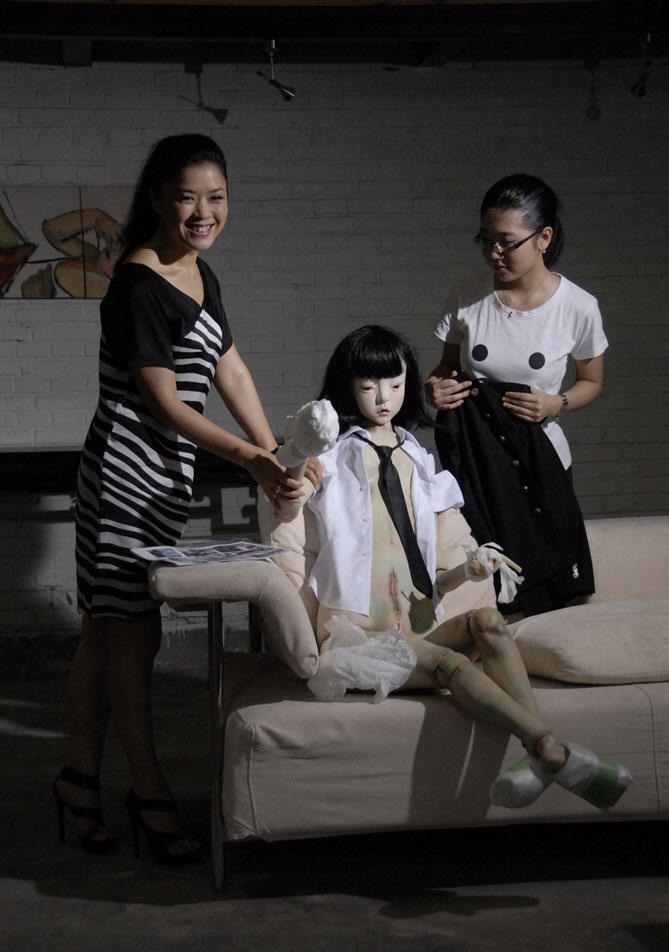

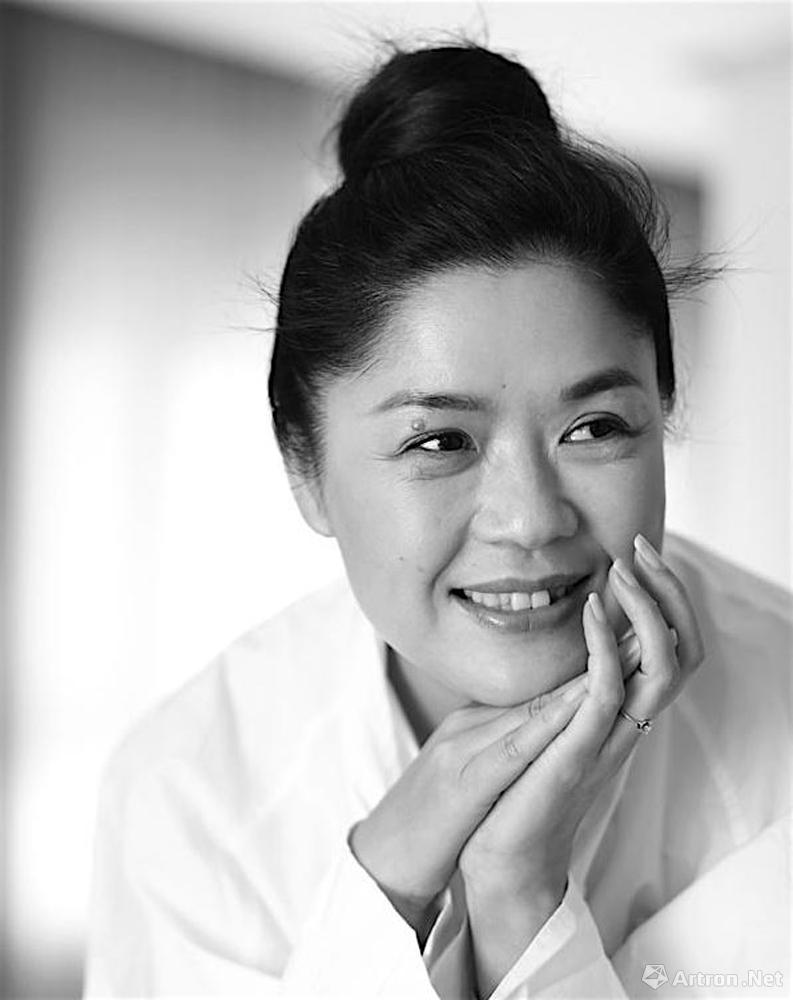
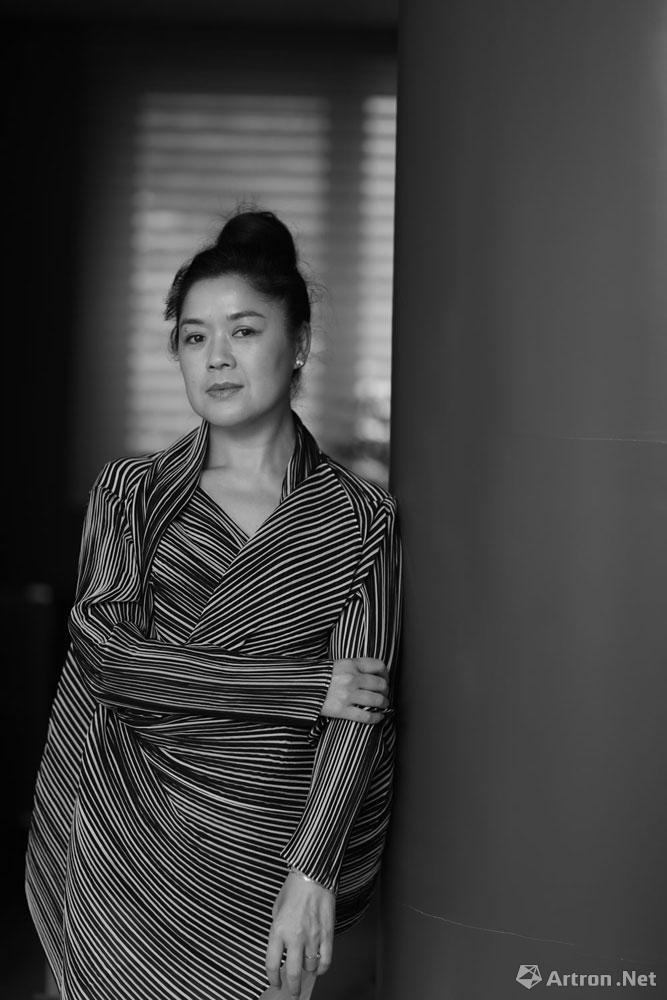
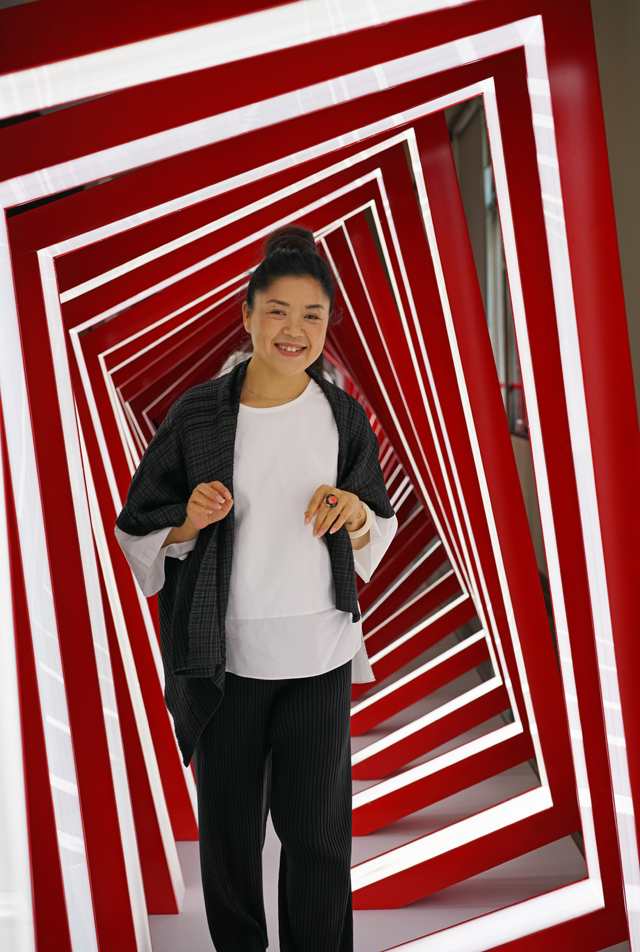
Angel’s Light —— Soul
